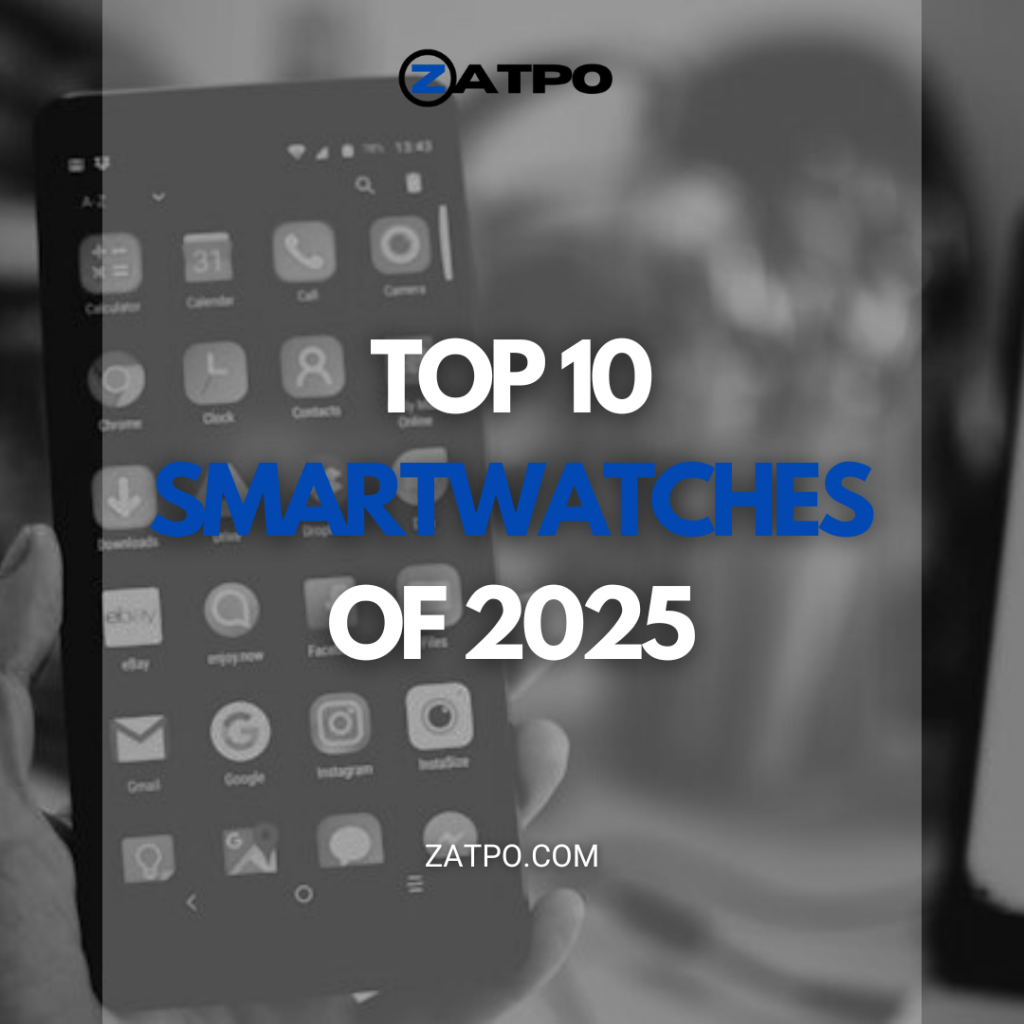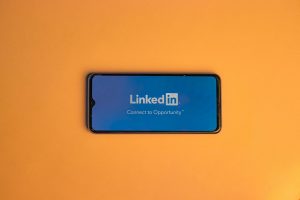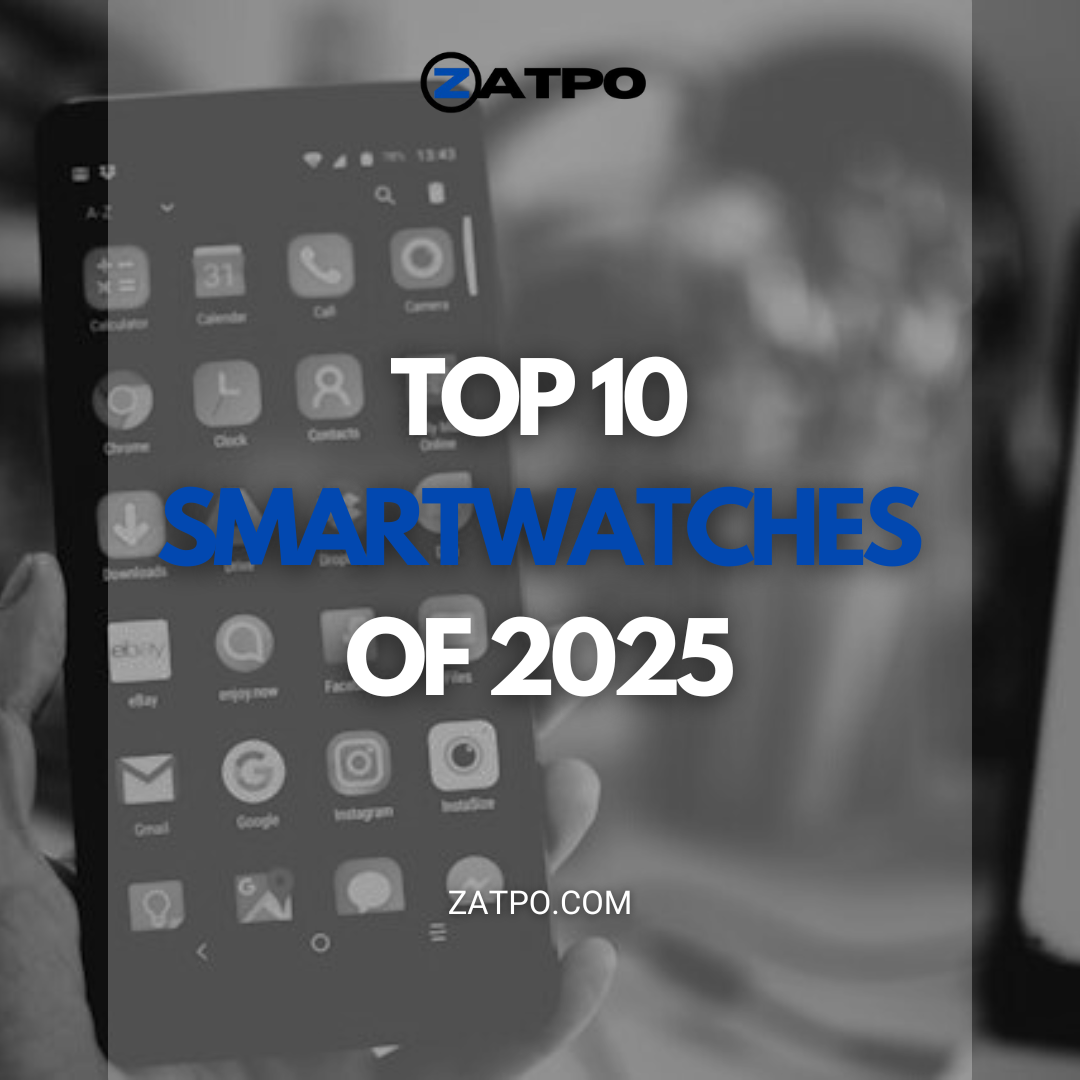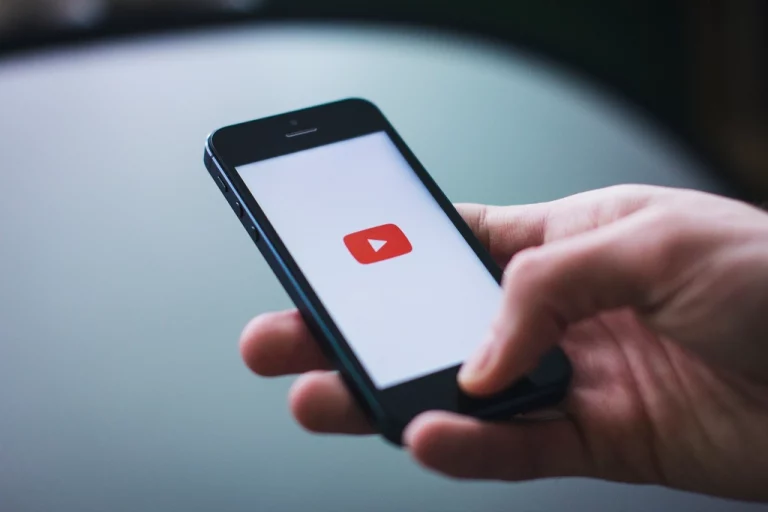
In today’s fast-paced digital landscape, smartwatches have evolved from simple notification displays to comprehensive health monitors and productivity tools. With the wearable technology market expected to reach $96 billion by 2027, finding the right smartwatch for your needs has never been more important—or more challenging.
This guide cuts through the marketing hype to reveal which smartwatches truly deliver on their promises in 2025. We’ve rigorously tested dozens of models across price points, assessing everything from battery performance to health tracking accuracy, to help you make an informed decision.
What Makes a Smartwatch Worth Buying?
Before diving into our top picks, let’s establish what separates exceptional smartwatches from mediocre ones:
- Battery longevity: A truly useful smartwatch should last at least a full day of heavy use
- Health monitoring accuracy: Sensors should provide consistent, reliable data
- Intuitive interface: Navigation should feel natural and responsive
- Smartphone integration: Seamless connectivity with your phone’s ecosystem
- Build quality: Materials and construction that withstand daily wear
Our Top 10 Picks
1. Apple Watch Ultra 2
The Apple Watch Ultra 2 remains the gold standard for iOS users in 2025. Its combination of robust health metrics, including FDA-cleared ECG functionality and blood oxygen monitoring, sets it apart from competitors. The always-on Retina display delivers exceptional brightness even in direct sunlight, while the titanium case offers military-grade durability without excessive weight.
Battery life has significantly improved to 36 hours in normal use, and the expanded App Store ecosystem continues to outpace rival platforms. For iPhone users seeking the most comprehensive wearable experience, this remains the benchmark.
Price: $749
2. Samsung Galaxy Watch 7 Pro
Samsung’s flagship wearable offers the most polished Wear OS experience currently available. The Galaxy Watch 7 Pro features a sleek rotating bezel for intuitive navigation and a vibrant AMOLED display that rivals Apple’s screen technology.
Its BioActive sensor provides highly accurate heart rate, ECG, and blood pressure monitoring—the latter being a feature still absent on Apple devices. With 7-day battery life and comprehensive fitness tracking through Samsung Health, it’s the clear choice for Android users who want premium features without compromise.
Price: $429
3. Garmin Forerunner 965
Serious athletes should look no further than the Garmin Forerunner 965. While not as stylish as fashion-focused alternatives, this performance-oriented smartwatch delivers unparalleled fitness insights through metrics like VO2 max, training load focus, and recovery time recommendations.
The transflective display remains perfectly visible in bright sunlight without draining the impressive 15-day battery. Its GPS accuracy consistently outperforms every competitor we tested, making it essential for runners, cyclists, and outdoor enthusiasts.
Price: $599
4. Fitbit Sense 3
The Fitbit Sense 3 strikes an excellent balance between comprehensive health tracking and affordability. Its stress management features, including EDA scanning and mindfulness sessions, offer practical tools for mental wellness alongside physical health monitoring.
Google’s integration has finally matured, bringing useful Assistant functionality and seamless calendar management. While it lacks some premium features found in pricier models, its 7-day battery life and intuitive health metrics make it a tremendous value proposition.
Price: $299
5. OnePlus Watch 2R
OnePlus has dramatically improved its wearable offering with the Watch 2R. The dual-chip architecture delivers remarkable efficiency, resulting in up to 10 days of battery life despite its vivid AMOLED display.
Fitness tracking has been refined to offer accuracy on par with much more expensive alternatives, and the ceramic bezel adds a premium feel that belies its mid-range price. For Android users seeking maximum battery performance without sacrificing features, this represents exceptional value.
Price: $279
6. Amazfit GTR 5
The Amazfit GTR 5 punches well above its weight class, offering features typically found in watches costing twice as much. The circular AMOLED display houses comprehensive health tracking tools including sleep apnea detection and stress monitoring.
With 21-day battery life in basic mode and 10 days with always-on display, it outlasts nearly every competitor. While its proprietary Zepp OS lacks the app ecosystem of Wear OS or watchOS, the core functionality covers most users’ needs at a fraction of the price.
Price: $199
7. Withings ScanWatch 2
For those who prefer traditional watch aesthetics with smart capabilities, the Withings ScanWatch 2 offers an elegant hybrid solution. Its analog face conceals advanced health monitoring including medical-grade ECG and blood oxygen measurement.
The subtle OLED subdial displays notifications and health data discreetly, while the 30-day battery life eliminates charging anxiety. It’s the perfect choice for professionals who want health insights without the tech-forward appearance of typical smartwatches.
Price: $349
8. Pixel Watch 3
Google’s third-generation wearable has addressed nearly all the shortcomings of earlier models. The Pixel Watch 3 now offers competitive battery life at 48 hours and significantly improved heart rate tracking accuracy.
Its minimalist design and fluid Wear OS experience make it particularly appealing to Pixel phone owners, with features like seamless Google account integration and intelligent notification handling. The expanded Fitbit Premium features included with purchase add considerable value.
Price: $349
9. TicWatch Pro 5 Enduro
Mobvoi’s flagship delivers unprecedented battery performance with up to 45 days in essential mode thanks to its innovative dual-layer display. When you need smartwatch functionality, the vibrant OLED screen provides a full Wear OS experience.
Performance has been dramatically improved with the latest Snapdragon W5+ chipset, eliminating the lag that plagued previous generations. For battery-conscious users who don’t want to sacrifice smart features, this is the clear frontrunner.
Price: $319
10. Huawei Watch GT 4 Pro
Rounding out our list is Huawei’s refined GT 4 Pro, which combines premium build quality with comprehensive health tracking. The sapphire crystal display and titanium frame deliver luxury watch aesthetics, while the 14-day battery life exceeds most competitors.
Huawei’s TruSeen 5.5+ heart rate technology provides exceptionally accurate readings during high-intensity activities, and the dual-band GPS delivers precision location tracking. While the HarmonyOS ecosystem has limitations outside China, the core functionality remains impressive.
Price: $399
How to Choose the Right Smartwatch
When selecting from these top performers, consider your specific needs:
- iPhone users will benefit most from the Apple Watch ecosystem
- Android users have excellent options in the Samsung and Google offerings
- Fitness enthusiasts should prioritize Garmin or Fitbit devices
- Battery-conscious buyers will appreciate the TicWatch and Amazfit options
- Style-focused individuals might prefer the Withings hybrid approach
Ultimately, the best smartwatch is one that seamlessly integrates into your daily routine while providing the specific features most important to your lifestyle.
Conclusion
The smartwatch market has matured significantly in 2025, with options to suit virtually every need and budget. Battery life has improved across all price points, and health monitoring capabilities continue to expand with increasingly accurate sensors.
Whether you’re tracking fitness goals, managing notifications, or simply wanting a stylish tech accessory, our top 10 list provides solid options that deliver real value. By focusing on your primary use case rather than accumulating unnecessary features, you can select a smartwatch that enhances your digital experience without becoming another technological burden.
Remember that the ideal smartwatch integrates into your life rather than demanding attention from it—choose accordingly, and you’ll have a wearable companion that truly justifies its place on your wrist.













